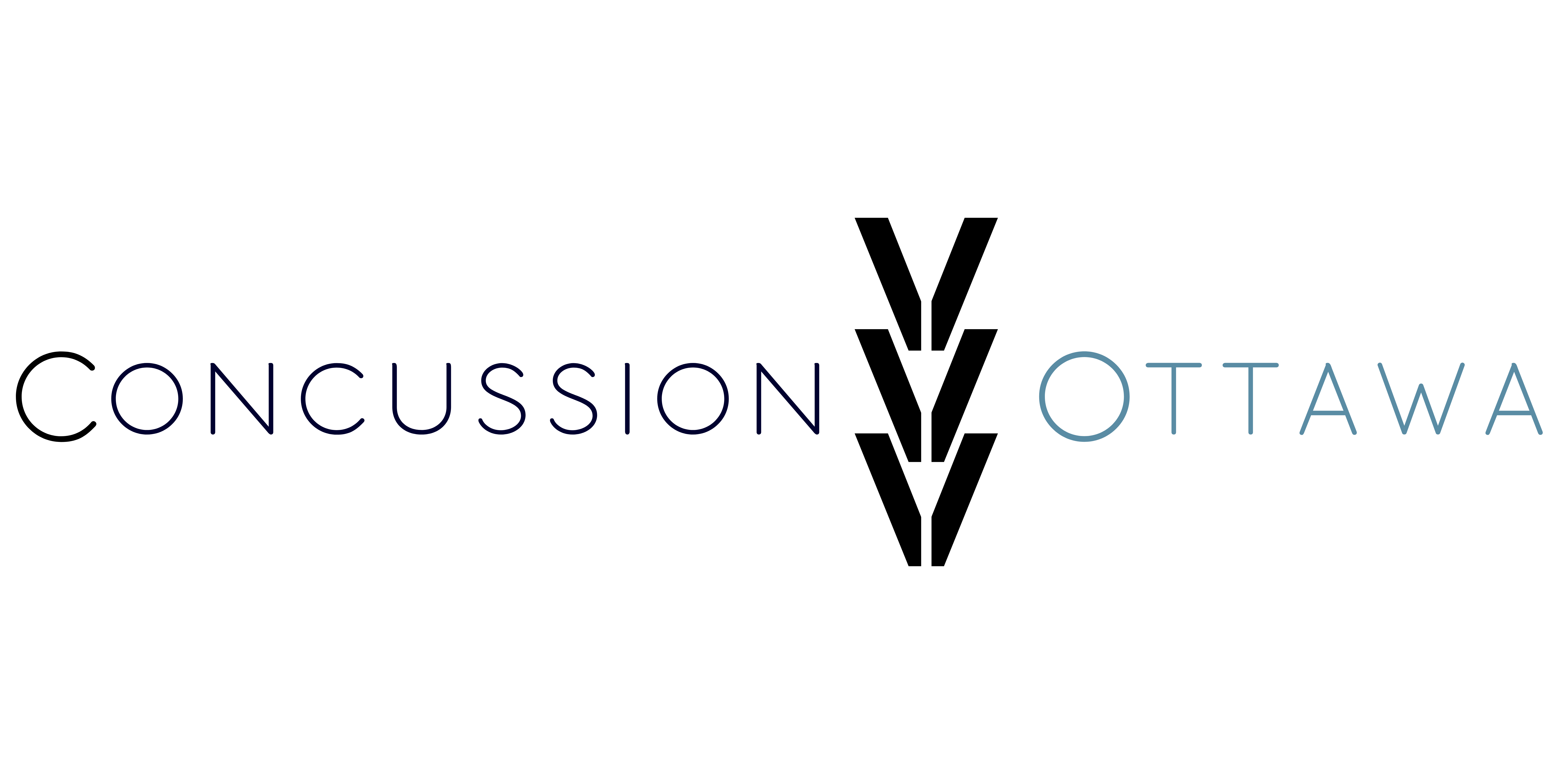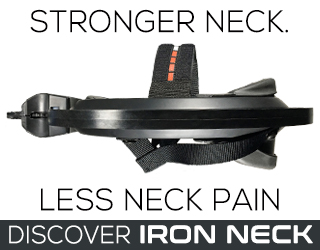Start from the basics
You can’t get something from nothing! You always have to put in the work. The Iron Neck exercises for post-concussion recovery helps you do just that but in a safe way.
After 24 to 48 hours of rest following a concussion, it’s time to start the rehabilitation and recovery process. If you want an online course to help you go through the basics click here.
If you are recovering from a concussion or you’re in the thick of PCS, you must incorporate specific exercises as part of your recovery program. If you’re not, then don’t expect much to change with concussion symptoms. Using The Iron Neck for post-concussion recovery is an effective method to isolate the muscles of the neck for strength, balance, and better range of motion.
Exercise on its own is not a magic pill for temporary gratification, however, it does have the most impact long-term. Especially, when it’s consistent and done right. Recovery from PCS or whiplash does not happen with the flick of a light switch. Recovery comes with time, hard work, and the drive to do whatever it takes.
By following these simple exercises, each set will get you closer to a fulfilling recovery.
Basics #1 Look Left, Look Right (LLLR)
Improves neck range of motion, rotational strength, proprioception, and postural control.
Dizzy?
If dizziness is on your list of symptoms, this exercise is what you are going to want to spend time on. The Iron Neck exercises for post-concussion recovery is a prefect way to stimulate the vestibular system for better balance.
Side Note: Always get your dizziness assessed by an expert that deals with establishing a diagnosis first before jumping into treatment. Dizziness is one of those signs that can get worse in a wicked way when incorrectly labeled.
Basics #2 – 360º Turns
Improves your balance and neck stability. If you have balance challenges as a result of a head injury, this exercise will push you to overcome that dysfunction and can also be used as an eye-tracking exercise.
Strengthen the neck for better posture and faster recovery
No one is immune to poor posture and unfortunately, there is no exercise that permanently fixes a bad habit.
However, training the muscles of the neck has been shown to help create awareness of when our posture is out of wack and improves our endurance to maintain a good posture.
Strengthening the neck, however, does not prevent concussions. Strengthening the neck with the Iron Neck may help to lessen the degree of damage to the neck during a concussion. The severity of a head injury depends largely on the amount of force and mechanism involved. Like how fast your driving and was your head turned when the accident occurred, for example. When recovering from a concussion injury, focusing on rehabilitating the neck joints and muscles has been proven to reduce symptoms. Since every concussion has a whiplash injury, strengthening the neck is a crucial component for recovery.
Basics #3 – Protraction-Retraction
Isolates the muscles at the base of the skull (Suboccipital’s). This can be helpful for neck tension, headache relief, and core neck strengthening.
Advanced Iron Neck Exercises
Advanced # 1 – Fixed Head Torso Rotations
Increase neck and back range of motion as well as improve balance and coordination.
Adaptation
With these advanced Iron Neck exercises, we are creating adaptation to more realistic movements that you would do on a normal day. From nodding and twisting in a kitchen to shoulder checking in a car, it is very important to maintain a neutral posture and not get symptoms from simple activities.
Our human development is based on adaptation. We should always be pushing our limits to make normal everyday tasks seem easy and without symptoms.
Advanced # 2 – Diagonals
Improves dynamic neck and eye movements with an emphasis on the SCM muscles. This exercise is perfect for increasing neck range of motion, dizziness, and training the vestibular system.
Increase neck and back strength
Muscle and joint pain can often be a result of weakness, tightness, and dysfunctional movement patterns. By using The Iron Neck for post-concussion recovery your neck strength, head pain, neck weakness, and poor posture can be corrected.
Increase your mobility
To move parts of your body through a normal movement, such as a shoulder check while driving, requires the joints of the neck to move actively through a range of motion. To make this movement happen, muscles are stretching over the joints and this stretch depends on how far the joints move within their joint capsules. If the joints are restricted, then mobility will be reduced and dysfunction will set in overtime.
To increase mobility for normal function, joint range of motion is the most important. Moving the joints of your neck against a controlled resistance is the next best thing to getting adjusted to maintain joint mobility.
Advanced # 3 – Figure Eights
Isolates the muscles at the base of the skull (Suboccipital’s). This can be helpful for neck tension, headache relief, and core neck strengthening.
Increasing neck strength can reduce the whiplash effect and improve concussion recovery
The impact force of a head injury that causes a concussion will always involve damage to the neck, AKA whiplash. The whiplash effect can be devastating in some people and can act as a major contributor to post-concussion symptoms (PCS). The unlying neck issue that can lead to PCS typically starts with
- Interference of the blood supply to the brain (which travels through the neck),
- Damage to the neck joints (which is painful and reduces ROM)
- Poor motor control to the muscles that move the neck joints.
If you can train your neck to achieve mobility and stability in normal ranges of motion, then by adding controlled strengthening to the system using The Iron Neck for post-concussion recovery, you can effectively improve blood supply to the brain, reduce joint restrictions, and gain more control over the muscles to get closer to being pain-free.
Advanced # 4 – Isometric Neck Holds
Isolates the muscles at the base of the skull (Suboccipital’s). This can be helpful for neck tension, headache relief, and core neck strengthening.
Stability is key!
Developing mobility and range of motion is incredibly important but if you can’t hold your head up in a flexed position for more than 10 seconds, that’s a problem. The neck is not stable. The risk of re-injury is really high and recovery is a long way off.
The Iron Neck helps with creating joint and muscle stability in the most simple way possible. There is no other tool out there that can improve neck stability as well as The Iron Neck.

